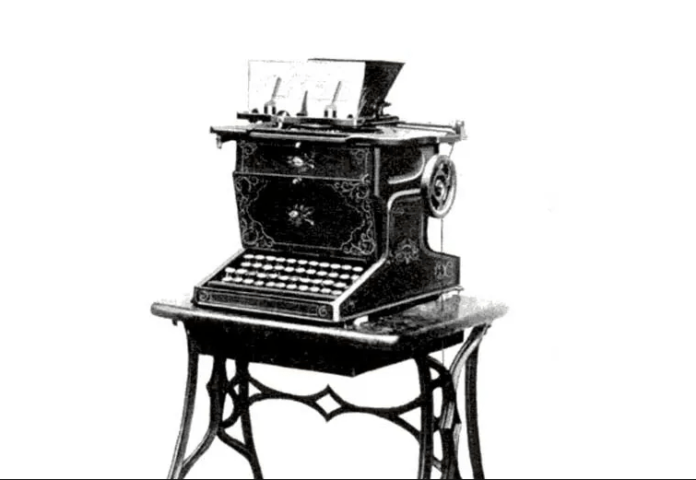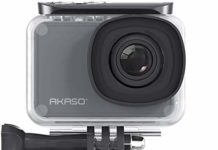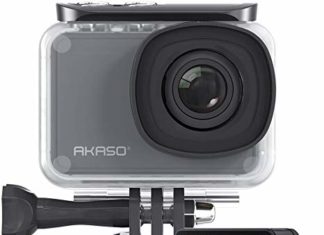We do not imagine life without a keyboard , not only on our computer or using keyboards for tablets but also on our mobile phone where we usually have on the screen the different keys to communicate by WhatsApp, by Telegram, to write on Twitter, to upload photographs and captions to Instagram. But when do we start using it? This is the history of the keyboard from the beginning of time.
Although a lot has changed from typewriters to mobile phones, where you just have to download an application, the history of the keyboard is hundreds of years old and has become fundamental in the day to day. From the layout of the keys and letters to the control buttons we find over the numbers, how did it all start? It has been a long time since we went by parts, by the beginning of time, by the first …

History of the Keyboard, From the Typographer to IBM
From the Typographer to the Typewriter
The first typewriter came in the 17th century, and Henry Mill filed a first patent in 1714 that might look like a typewriter, but nothing is known about it. It was in the year 1829 when the typographer arrived, which is considered the first typewriter although it had little or nothing to do with those that would arrive later but it is this one, created or patented by William Austin Burt on that date, which considered the first typewriter in history.
The models were advancing year after year with improvements in the speed of writing although none dedicated to a mass audience or to be focused from the commercial point of view. Until Christoher Sholes came along with Carlos Glidden or Samuel W. Soule with their QWERTY distribution . The inventor reached an agreement with the company Remington and Sons to market the first Sholes and Glidden typewriter. Until that day, it was a brand dedicated to sewing machines but everything changed from that year 1872 in which the production of the machine began in New York.
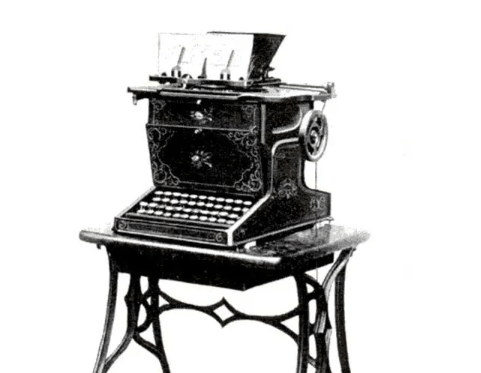
Also Read: sun nxt free subscription coupon code 2020
Sholes and Glidden
From there and using the idea of Sholes, many companies or engineers sought to copy the idea and launch a mechanical typewriter that would arrive at the beginning of the 20th century with the system that we all know: each key has a raised character and when pressed a key hard, the guy hits a tape and moves. For its part, the paper is placed in the back in a cylinder that moves with a lever as we change the line and make those “jumps” that you have surely seen in a movie.
Electric Machines
Mechanical machines were a world standard although a breakthrough came soon that would improve the way they were used: electric machines that did not need to move the roller manually but there was a motor that was in charge of moving it when a line was finished. They were not new, Edison had already used electricity for Edison Electric in the 1970s, but it was not the definitive idea until IBM launched the first electronic memory and magnetic stripe machine in 1965, the Electromatic. This way we got much more fluidity and speed and planted what would be the beginning of keyboards as you know them, the beginning of the present time in the history of the modern keyboard.
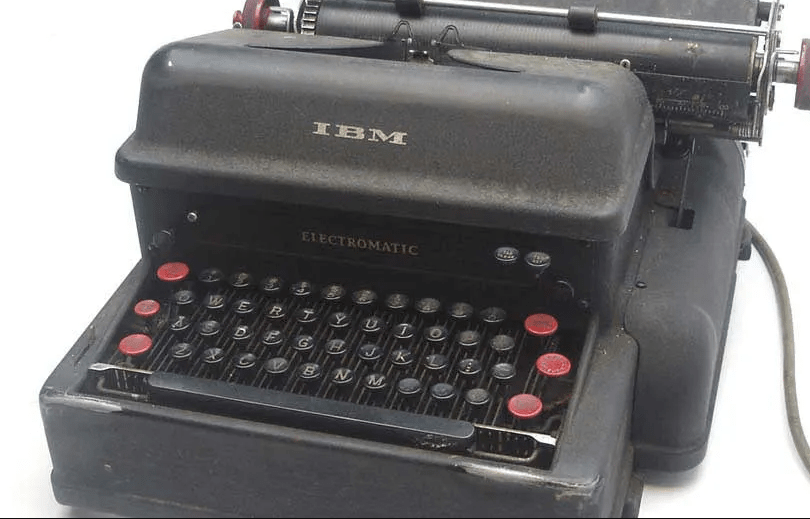
Beyond electric machines, keyboards that allowed the control of large computers began to arrive although they were not focused on personal use until IBM, in the eighties, standardized the use of these keyboards that we have all seen sometime, that we all know , which were the beginning of what it is today.
IBM Keyboards
In the early 1980s, IBM already worked on a keyboard that worked for computers and not for typewriters. In 1981, a different IBM keyboard was created: 83 keys in total , with 10 function keys on the left, with numeric keys on the right. A structure that seemed quite uncomfortable and that was being improved in the IBM AT. What changed? The ESC key moved to the numeric key part instead of the left part where it was before. It also changed some details such as that there were lights that indicated if the capital letters were activated, for example, something that remains until today.
But the key layout was still not working and with the AT 286/386 computer, IBM changed the original AT keyboard and removed the ten function keys on the right along with the ESC key. These went to the top, as you know now. They have been adjusted to the top and the cursors have been modified: from the top they have gone to the bottom right as they are now on most keyboards. Also, the enter key grew making it easier to press it continuously.

Bottom line, IBM switched from the 83-key XT keyboard to the 84-key AT keyboard until finally launching the expanded 101- or 102-key keyboard with the controls at the top, a larger enter button, and the cursor keys at the top. bottom right. This is the last, the principle of the keyboard that we all know, although its design usually changes in laptops or in the case of mobile phones. But, in general, the one that you can see in the photograph is the one that you will have seen the most times throughout your life and the one that is usually more comfortable, more complete and more useful.

Also Read: Piratebay Proxy & Proxies list 2020
QWERTY Distribution
The distribution of typewriters was, from the end of the 19th century, with the same keys that you know, in the same order. It is something that has never changed in the history of the keyboard since its patent until today and you may have wondered why they are like this now. He wanted to be able to use both hands with the keyboard and that is why he opted for the patented QWERTY distribution in 1868 and designed by Christopher Latham Sholes. Sholes designed this system in order to write faster and was the one that was later copied by machine manufacturers and later by computer keyboards from all over the world.
What was the advantage of the QWERTY layout? In the typewriter there are bars that collide if we press them very quickly and we do not wait between them, having to unclog it continuously. If you have one or have seen it around the house, give it a try. With this arrangement of the keys, the pieces that occupied the same space were separated as much as possible: the characters we use the most, mind you, are on the sides of the keyboard, at the ends. In the center we have the keys that we usually use less. This prevented typewriter jams in its day, although today the system is much more different and technology has advanced, but the QWERTY is still with us even on mobile phone touch screens.

Functioning
If you look at your computer or tablet keyboard (not on the mobile phone that is touchscreen) you will see that there is a small sign in the letters F and J. A line or some relief that lets you know that you are on it when you touch the key with your fingers without having to take your eyes off the screen. QWERTY keyboards are intended to use four fingers from each hand and thumbs for the space bar. These signals from the F and J keys help us to know where we have to have each hand placed, these two letters being the central ones. This way we can always find ourselves even though we cannot waste time looking away from the screen. Although it’s a helpful sign, we’re usually so used to typing that we don’t even realize it’s there.
Countries and Changes
As a curiosity, also, not all are the same. The one you have is the most common but there are changes in France and you bet on AZERTY, making everything different in terms of positions and you will see, if you have the chance to try it, that it will be complex and rare for you to type on a keyboard in this country . There are also slight changes in Germany where the Z is changed to the Y, with QWERTZ keyboard
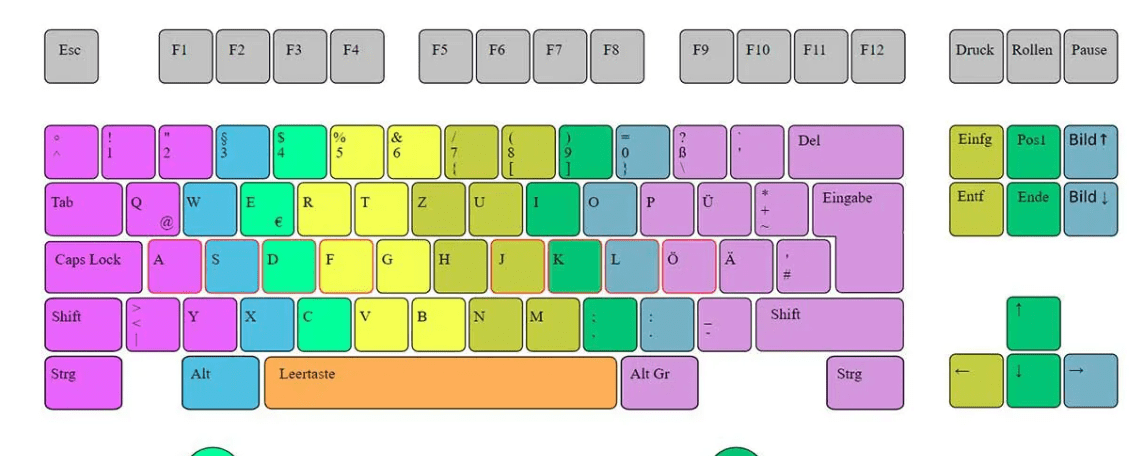
There was also another provision at the beginning of the 20th century, the Dvorak keyboard that was patented in the year 1936 and that had the intention of putting the most common letters next and thus taking less time to get from one to the other and making it a more transition fast. But it was hardly successful and you will find very few.
Types of Keyboards Today
Today, beyond the keys or not and after years of technology and changes in the history of the keyboard, we find keyboards in all formats and with all designs, colored, folding, rolling, mechanical … They all have a Same goal, write, but not all are the same, have the same advantages or the same buttons, not all are for the same devices. There are them with cables and without them, there are portable and flat ones, there are mechanical ones, for gamers.
In general, although we will see that there are many types of shapes and as we have seen in the IBM design of the eighties, the keyboards have a function block (with the keys from F1 to F12), an alphanumeric block with numbers of 1 to 9 and with the alphabet in QWERTY format and special commands such as Shift, Ctrl, Win or the classic enter button. Also a special block that we usually see to the right of the keyboard and with keys like Delete, Start, End, RePag or AvPag and arrow keys under this block. And finally a numeric block that is not always there but that has a calculator format with numbers from 1 to 9 and that is usually activated with the Num Lock button.
But we can find all kinds of specific keyboards or models, differences in which we use every day and not only for its design or its size, whether or not they have colors. Some of the most common today are:
Membrane Keyboard
They are the most common, the most affordable, the most versatile. Most keyboards you will have around the house are membrane keyboards, although not all the conventional or old ones you have will have these characteristics. For example, and as a subsection, the IBM Model-M keyboard was launched in the eighties as one of the best keyboards in history, mechanical and quality.
Membrane keyboards are those that, as their name suggests, have a membrane under each key and all of them are connected. There are no mechanical elements on the keys and the letters go up when you press them thanks to the rubber underneath them. The pressure is the same throughout the key stroke and they are the most common thanks to the fact that they are the most affordable and there are many models. One of its main advantages is that they can be much thinner and finer than mechanical keyboards although it also has drawbacks and is that it usually lasts much less time and is more difficult to fix because we must repair the rubber. It is that rubber, also not very resistant since it deforms as its use increases.
Among the membrane keyboards we find those of Apple, for example, and all kinds of affordable wireless keyboards that you can find for sale.

Mechanical Keyboard
Each key has an individual mechanism or switch that controls the key pressure and response time. The best known mechanisms are the Cherry MX (although not the only ones) and they usually differ in color. There are some designed to write long texts quickly, as is the case of the Cherry MX Blue with a stroke of 2 millimeters of activation and 4 millimeters of base stroke and with two parts in the mechanism that allows us to write without tiring our wrists. There are many different mechanisms focused on different needs and the main advantages of mechanical keyboards are precisely this: their specialization since each one is designed for exactly what you are looking for
In general, and if you buy the right one, they are faster and much more resistant keyboards that will last you longer. The keys have great quality and we also find better quality in the construction of the keyboard itself. Also, another advantage over membrane keyboards is that it is enough to change one key independently if it breaks and you won’t have to change the entire keyboard. The only drawback we found is that they are noisier and take up more, they are more difficult to carry than others that are lighter, portable or even foldable.
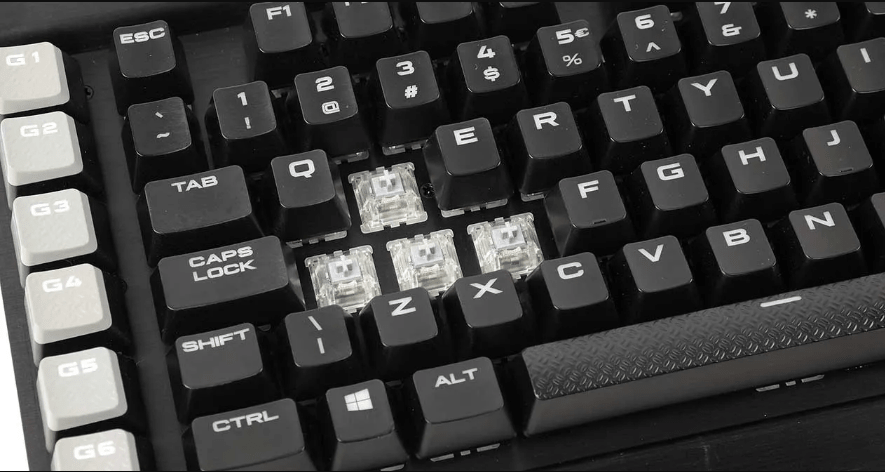
Portable or Tablet Keyboards
The tablets have their own on-screen keyboard, but the keyboards for tablets are designed to work as a more comfortable complement if you usually use the device to write. For example, there are some that are incorporated into the cover that makes a lectern in turn or there are rollable ones that we can also wash or wet without problem and are usually made of plastic or silicone that does not suffer damage even if we take it anywhere. There are also folding ones that allow us to carry them in a pocket, folding over themselves and taking up little space.

Video Editing Keyboards
There are special keyboards for people in charge of video editing although they are just one example of the many specific keyboards that we find on the market. They are not intended solely for professionals and there are options for 100 or 150 euros that you can buy on Amazon. Beyond the classic QWERTY layout, they have different colors that allow us to access different commands and shortcuts without having to do everything manually. You will find many models and they can be useful if, for example, you use Adobe Premiere.

Mobile Keyboards
Mobile keyboards have become some of the most used on a daily basis to send infinite messages by WhatsApp , for example. Not all are the same. There are them similar to the physical and conventional ones, in which you will have to play the keys one by one and usually helping yourself with the autocomplete or the predictive keyboard that completes the words and thus saving you time when typing it. But there are also the swype keyboards that have a similar appearance on the screen but that change the operation: you can make a journey with your finger without lifting it from the screen and the word you want will automatically be created.

Also Read: Putlocker Movies and List
